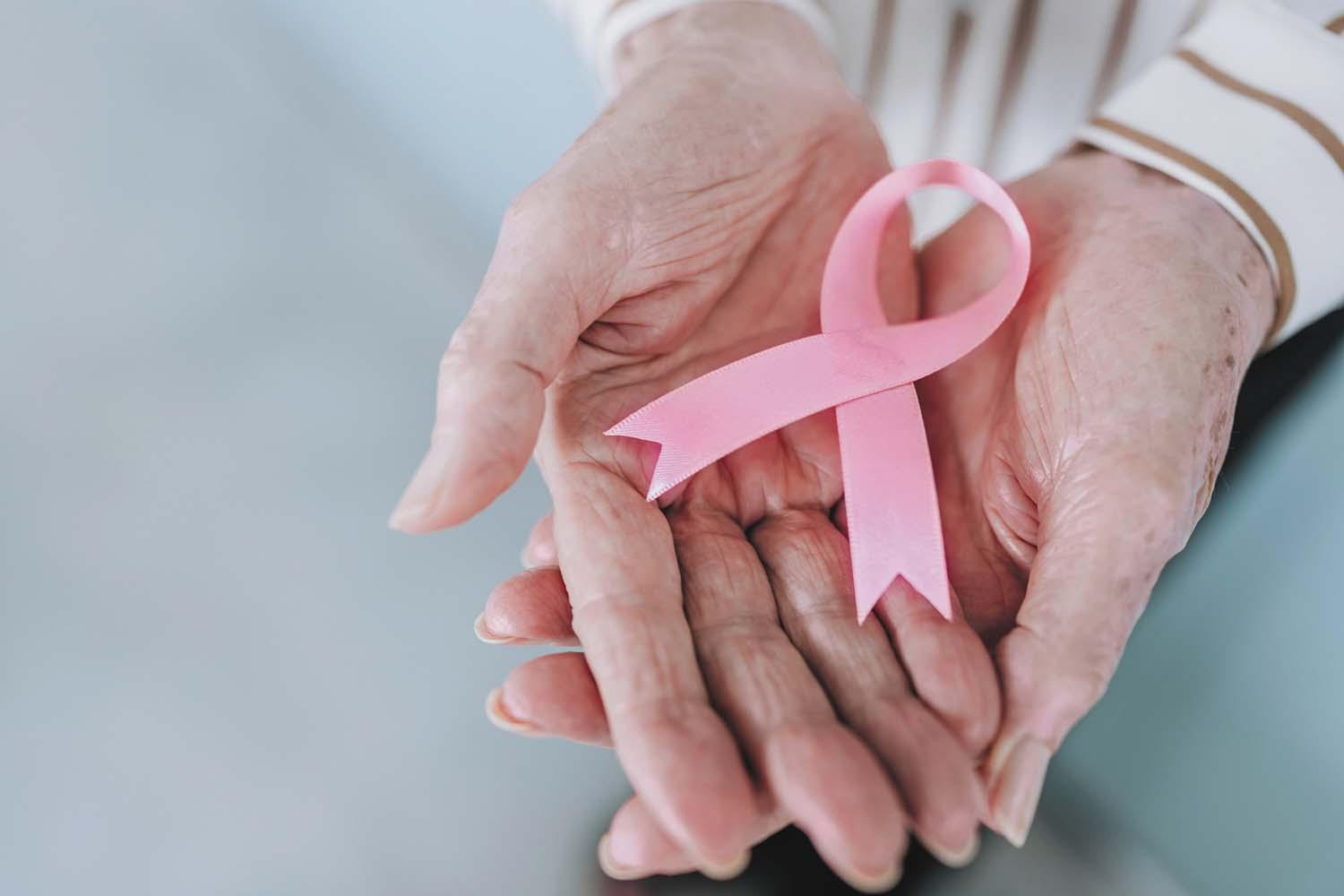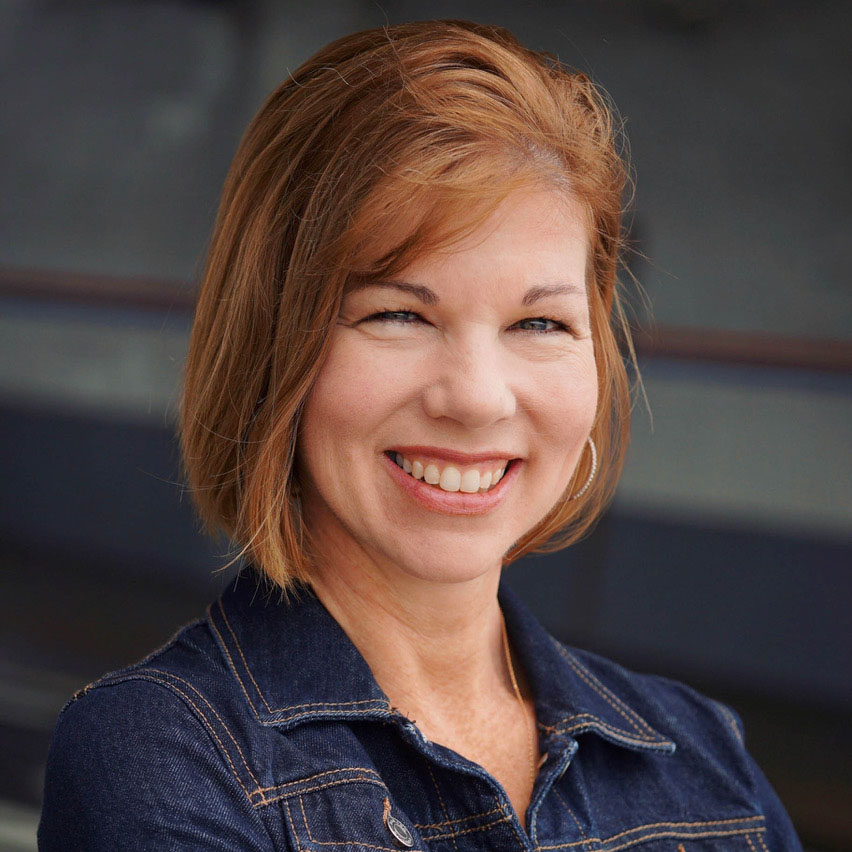Decoding your breast cancer risk
What's in a risk assessment score? Experts explain the promise and pitfalls.
- Reviewed by Toni Golen, MD, Editor in Chief, Harvard Women's Health Watch; Editorial Advisory Board Member, Harvard Health Publishing; Contributor

If you could learn your individual odds of developing breast cancer over the next five years — as well as your lifetime risk — would you want to know? There’s a way to make that happen. Called a breast cancer risk assessment score, the tool is readily accessible through your primary care doctor or gynecologist.
Women’s overall odds of breast cancer are oft-quoted. According to the American Cancer Society, one in eight of us will develop the disease over the course of our lives. But some women want to get more precise than that — or want to try — and wonder if a risk calculator can accomplish that.
Available in about two dozen different models, these individualized tools ask users about myriad factors that influence breast cancer risk. These include age, race, ethnicity, family history of breast cancer, age at first period, age at menopause, and how old a woman was the first time she gave birth (if she has children). Some versions also ask for information about a woman’s breast density, biopsy history, and the age when any family members with breast cancer were diagnosed.
By comparing a woman’s answers with the average for others of the same age and race, the calculators can enable clinicians to estimate a woman’s risk of developing invasive breast cancer over the next five years, as well as her lifetime risk.
But breast cancer risk calculators don’t provide the kind of precision and insight some women might seek, Harvard experts say. “Even though it sounds like it would be empowering to know, risk calculators are not terribly helpful,” says Dr. Wendy Chen, a breast oncologist at Harvard-affiliated Dana-Farber Cancer Institute. “But I’m not opposed to someone using one, because a lot of people find knowledge helpful, and risk calculators sort through various aspects contributing to risk that people may not have thought of.”
Questionable results
Like mammograms, breast cancer risk calculators are a method of screening, Harvard experts point out. As with other screening tools, they have certain shortcomings.
The first is accuracy. A risk score can’t tell you for certain whether you will — or won’t — develop breast cancer. It can only hint whether you’re more likely than others of a similar age and background to get the disease, says Dr. Michelle Holmes, a professor of medicine at Harvard Medical School. Screening can also cause patients unnecessary anxiety.
“There’s a notion that screening is good, so more is better,” Dr. Holmes says. “We should be careful about embracing wholesale every kind of screening until it’s been rigorously tested.”
The real question for any type of screening, she says, is whether its use actually reduces deaths from the disease. “I don’t know that it’s proven that breast cancer risk calculators can do that,” she says. “I think we have to be rigorous about the demands we place on screening just as much as we do on any other medical intervention.”
Mammograms essential
Knowing your calculated risk for breast cancer might help prod more frequent mammograms or convince you to get genetic testing, but a conversation with your doctor where you share your family history can accomplish exactly the same thing, Harvard experts say.
If your mother, sister, or daughter has had breast cancer, your odds of developing it are higher than someone without any first-degree relatives with the disease. They’re also far greater if you carry certain mutations in the BRCA1 or BRCA2 genes, which influence development of both breast and ovarian cancer. Risk calculators can’t further pinpoint an individual woman’s risk of breast cancer if she has a harmful mutation in one or both of these genes.
Dr. Holmes says she’s “not a huge advocate” of risk calculators because the results typically don’t change what women should do to protect their breast health anyway. “The vast majority of women should follow mammogram guidelines,” most of which recommend women ages 40 and older undergo annual or biannual mammograms to screen for breast cancer, she says.
Dr. Chen is also skeptical. “I wouldn’t want someone to do a risk calculation and think that because it shows they’re at low risk for breast cancer, they don’t need a mammogram — or if they’re at high risk, they should get more than one a year,” Dr. Chen says. “There are no data to support that.”
Image: © andreswd/Getty Images
About the Author

Maureen Salamon, Executive Editor, Harvard Women's Health Watch
About the Reviewer

Toni Golen, MD, Editor in Chief, Harvard Women's Health Watch; Editorial Advisory Board Member, Harvard Health Publishing; Contributor
Disclaimer:
As a service to our readers, Harvard Health Publishing provides access to our library of archived content. Please note the date of last review or update on all articles.
No content on this site, regardless of date, should ever be used as a substitute for direct medical advice from your doctor or other qualified clinician.
















